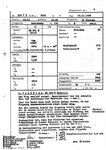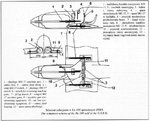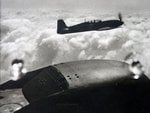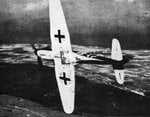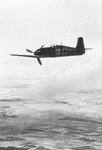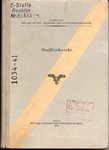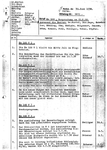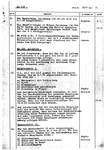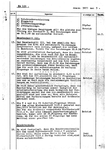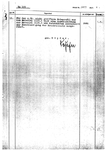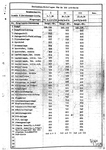There seems to be serious differences in the quoted empty weight for the He-100D-1, the version with armament/military equipment.
William Green in volume 1 of the classic 'Fighters - War Planes of the Second World War' gives the empty weight as 2075 kg / 4563 pounds. Wikipedia and other internet sources give an empty weight of 1810 kg / 3990 pounds. That is a lot of difference.
Is this another case where Green was not working from original source documents and better data has become available since his research. Or was Green correct, and the later authors are quoting the weight of the lighter 'racing' versions of the He100 that lacked military equipment???
If the 1810 kg weight is correct, the He 100 was the lightest '1000 HP' fighter of WW2.
William Green in volume 1 of the classic 'Fighters - War Planes of the Second World War' gives the empty weight as 2075 kg / 4563 pounds. Wikipedia and other internet sources give an empty weight of 1810 kg / 3990 pounds. That is a lot of difference.
Is this another case where Green was not working from original source documents and better data has become available since his research. Or was Green correct, and the later authors are quoting the weight of the lighter 'racing' versions of the He100 that lacked military equipment???
If the 1810 kg weight is correct, the He 100 was the lightest '1000 HP' fighter of WW2.


